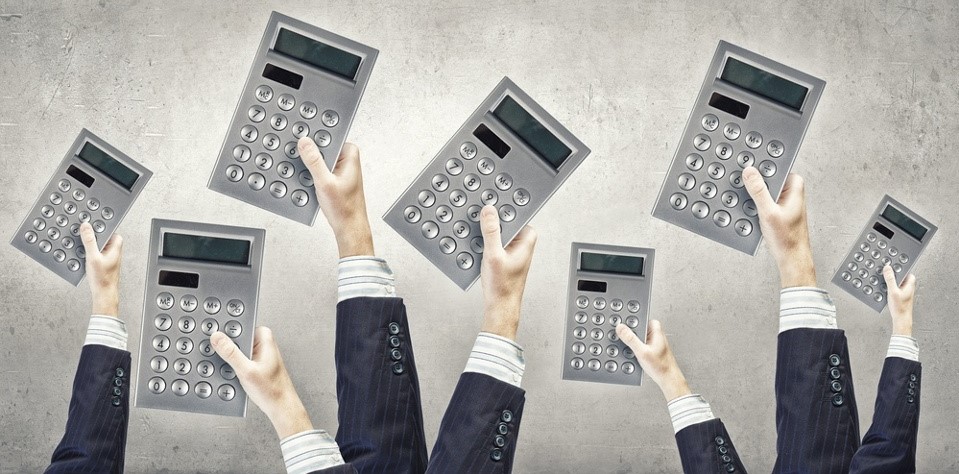Taxpayers wishing to buy, install and put a home automation system in place can benefit from 65% tax detraction on the total amount spent for purchasing home automation systems that control heating, lighting, air conditioning and water.

In the following article, we want to clarify how this benefit works, what are the procedures for submitting the request and who can benefit from this.
What is the so called “home automation bonus”?
The 2016 Stability Law has extended the so called “Ecobonus” from all the improvements concerning the energy efficiency to expenses for home automation, also known as the smart house. These expenses can be deducted by 65%, regardless of the performance of other energy retraining jobs.
Taxpayers who intend to install devices for managing their household installations automatically and independently are entitled to such a benefit, as far as certain requirements are met.
While we wait for the 2017 Stability Law to reconfirm the home automation ecobonus for this year, we can try to summarize how this 65% deduction benefit works.
It should be specified that, according to the legislator, the word domotics means all those multimedia systems that allow you to remotely control and optimize the performance of the heating, lighting, air conditioning and water systems while making your house safer, more livable and energy efficient.
By allowing the remote control of these systems, home automation allows avoiding wasting energy. For example, if you forget the heating or the lights on, you can safely turn it off even if you are away from home.
Requirements for systems to be eligible for tax refund
To be eligible for tax refund, home automation systems must meet the following requirements:
- To periodically provide data relating to energy consumption through digital devices;
- To display the functionality and the thermostat of the device;
- To allow to turn on, turn off and to program these devices on a weekly basis and remotely.
According to what has been previously said the following actions are to be considered deductible, such as: the purchase and the installation of electrical, electronic and mechanical systems; any electrical and refurbishing intervention needed to install and to put the so called “building automation” systems into place, i.e. all those home automation systems that required to remotely control the house heating systems.
However, PCs, tablets, or smartphones that allow you to connect remotely with these devices are not tax deductible.
At the time of the request, buildings must be regularly stacked (or the application must be in progress), equipped with a heating system and taxpayers must have regularly made all tax payments.
This bonus is recognized even if home automation systems are purchased, installed and put into place without any another energy efficiency intervention.
If home automation systems are installed at the same time as another system that will improve the energy efficiency of the house, such as replacing the air conditioning system or installing photovoltaic systems, the intervention must be associated with the one that has already been planned. The amount claimed will, therefore, be subject to the maximum deductible costs accruing to the intervention to which is connected.
How does the 65% detraction work?
The 65% tax detraction for home automation expenses is the responsibility of property owners, business owners (both natural and legal persons), artisans, professionals and public bodies, and it exactly works as for energy refitting.
The benefit can be also asked from the owner’s partner or family. For the purchase and installation of home automation systems, the installer must issue a certificate proving the intervention. Moreover, payment of expenses for home automation systems must be made by a bank or a postal transfer.
The bank transfer must specify “Financial Law 2017”.
The data of the invoice (number and date), the tax code of the applicant and the tax code or VAT of the installer must be specified. To qualify for the allowance, applicants must declare the total amount of the expenses incurred in their tax return.
The amount to be deducted will be divided into 10 annual instalments.
The 2017 Stability Law has introduced a new aspect that foresees the sale of this detraction to third parties and contractors performing refurbishing works. This has been done to ensure that the inhabitants of a building are immediately recognized the tax detraction, avoiding complex allocations breakdowns.
How to submit your application for the 2017 Ecobonus
To qualify for this bonus, you must send via email to the ENEA (the Italian National Agency for Energy Efficiency) the following annexes of the “buildings decree” correctly completed and signed by a qualified technician:
- Annex E: whether the installation is connected or not to the replacement of the heating system;
- Annex F: if the intervention is associated with that of solar panels for the heating of sanitary water
If the ENEA website doesn’t meet the complexity of this intervention, the documentation may be sent by registered post.
The documentation to be used for the 65% detraction must be submitted within 90 days of the completion of the work or the testing of the same.
It is necessary to keep all the invoices and receipts that can prove that payments have been made and that documents have been transmitted to the ENEA. You should also keep: – the so called “sworn statement”, i.e. a report in which the technician responsible for the job certifies the existence of some of the requirements; – the original of the Annex you have sent and; – whether the taxpayer who asks for the detraction of 65% is not the owner of the property, the certification of the owner consenting to the execution of the work.
